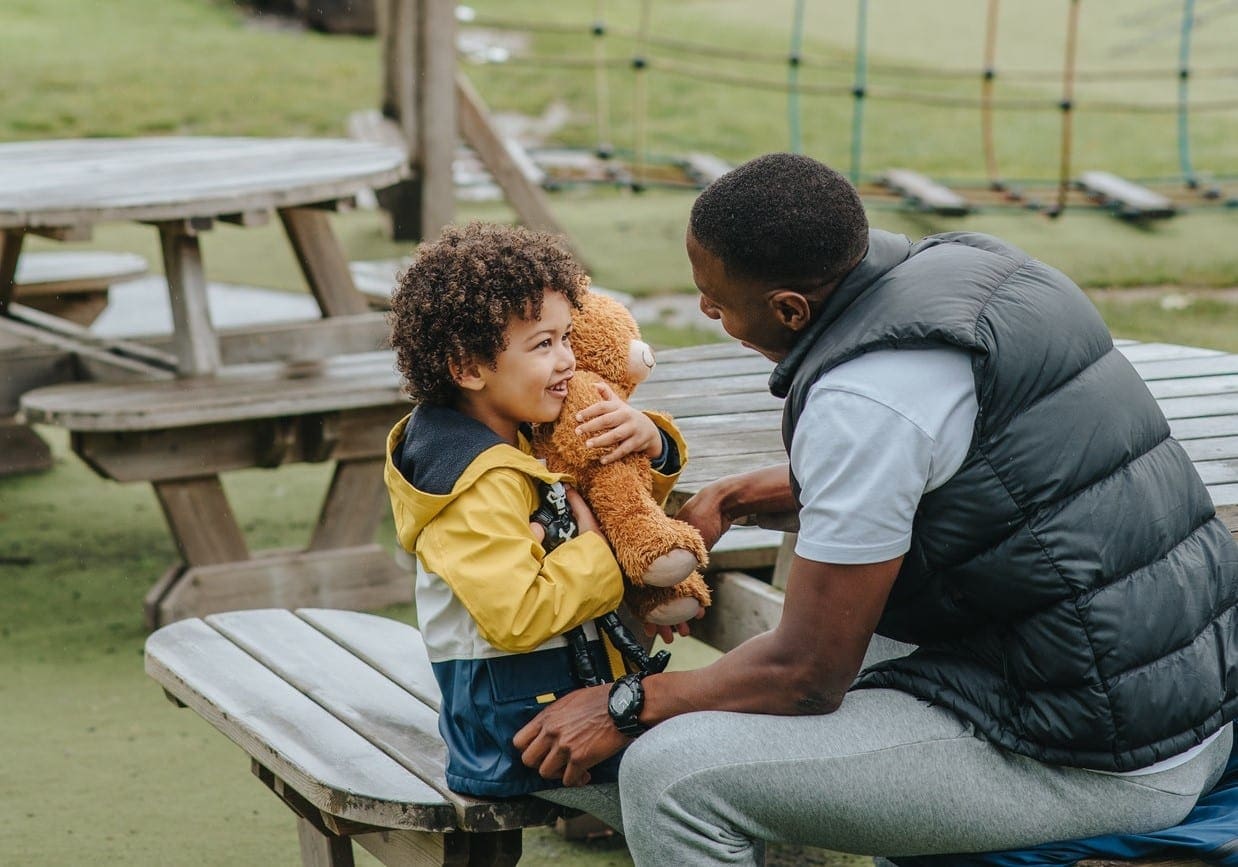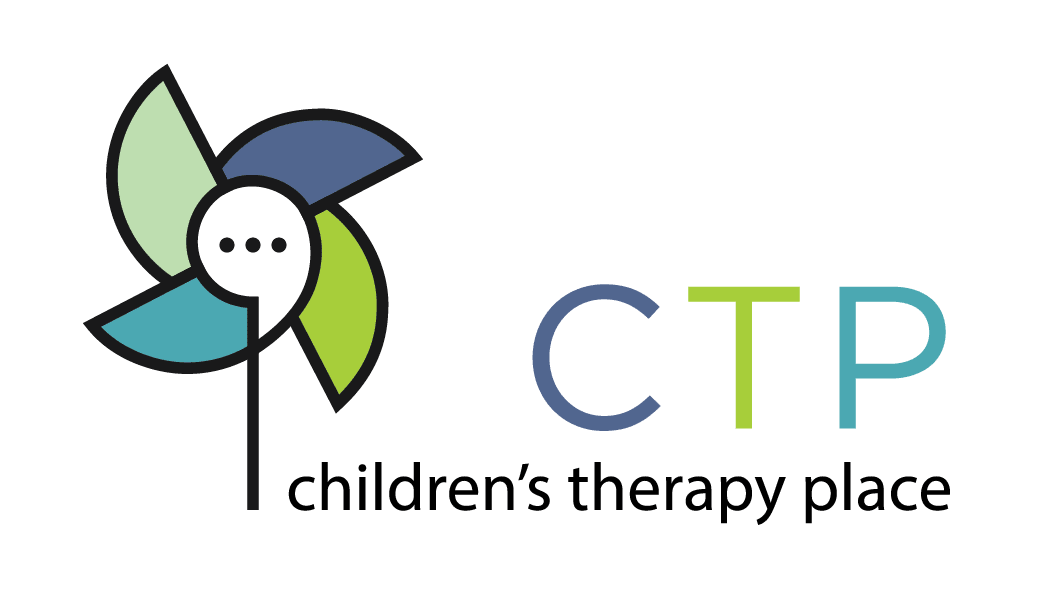My Child Can’t Say the “__” Sound. What Can I Do?

There is such a range in all areas of child development, so knowing if your child’s speech is on track can be tricky.
The purpose of this blog post is to share information on typical articulation development, some tips to help your child produce a sound that is difficult for them and when/how to seek additional help.
- First up, it’s important to know what sounds are expected by what age. The link below shares information on when certain consonants are expected to be mastered:
- So, you’ve identified a challenging sound (or sounds) that your child is either expected to have mastered or is close to the age of mastery. What can you do? Below are a few tips you can try at home:
- Model the sound. Lots of modeling. Exaggerate the model. If working on ‘F’ while reading a story for example: “I see a Fish! Look at the Fish swim! Go Fish, Go!” (while holding out the ‘Ffff’ sound).
- Bring attention to your mouth when modeling the sound so your child can see how the sound is created. For example, you can hold an item (i.e. a Spoon) by your mouth while you model and exaggerate ‘Ssss’ in ‘S’
- Recast or repeat the sound correctly to your child when you hear an error. For example, if they say ‘Seep’ for ‘Sheep,’ you can say “Oh yes I see the SHeep! It’s a cute SHeep. Hi SHeep!’
- If they say a sound/word incorrectly, let them know! (without frustrating them however). Sometimes children get so used to their error, they no longer realize it’s incorrect. So, if your child is saying ‘Tar’ for ‘Car,’ you can say “Tar?? Ohhhh, you meant Car! Yes, that Car goes fast!”
- Use your hands to help show them what your mouth/tongue is doing to make the sound. For example, if working on ‘L,’ you can raise your index finger up in the air to indicate the tongue lifts. Or if working on ‘TH,’ you can make your hand flat and push away from you to signal the tongue comes out of the mouth.
- Use a mirror! You can have your child watch you make the sound, then have them look in the mirror while they try the sound.
- Record a video! Record yourself then your child saying the sound/word. Play it back to them so they can compare if theirs ‘matched’ yours or not. See if they can try to change it to match yours.
- If your child can copy the sound in a word, choose a few high frequency words that come up in their day to provide lots of practice. For example, if working on ‘L,’ every time you eat ‘Lunch’, you can have them finish your sentence by saying “Ok, you tell me – it’s time for ___!”
- “Give Me 5.” If your child can produce the sound or sound in a word, have them give you 5 good practices in a row, using your fingers to count each correct one so they can see how many they have left. It’s fast, easy, you can do it anywhere! In the car, while waiting in line, in the bath, etc.
- When to seek more help:
- A good rule of thumb – your child should be able to produce almost all sounds in their conversational speech by the time they enter school or Kindergarten. According to a study published in 2016 by McLeod & Crowe, children produced 93% of consonants correctly by age 5;0.
- If your child is not meeting the developmental speech milestones shared in the link at the beginning of this article, it’s difficult for you and/or others to understand them, or they’re experiencing frustration when they’re trying to communicate – it’s recommended to request a referral for a Speech Therapy Evaluation from your child’s Doctor.
Written by: Karissa Rutten M.S., CCC-SLP
Sources:
Monica. “Speech Sound Development (By Age of Acquisition).” SLPNow.com, October 28, 2021, https://blog.slpnow.com/speech-sound-development-chart-free-download/.

